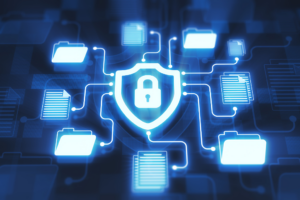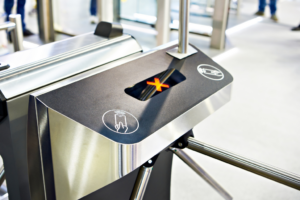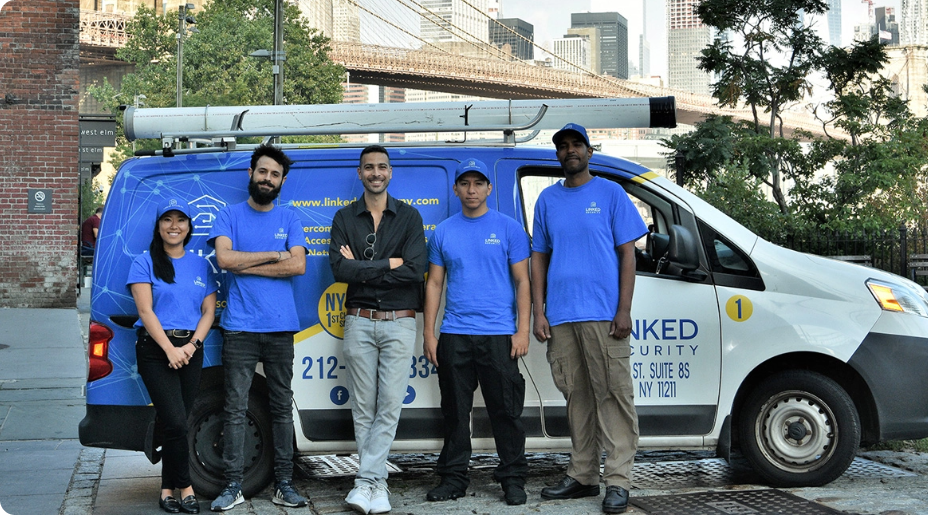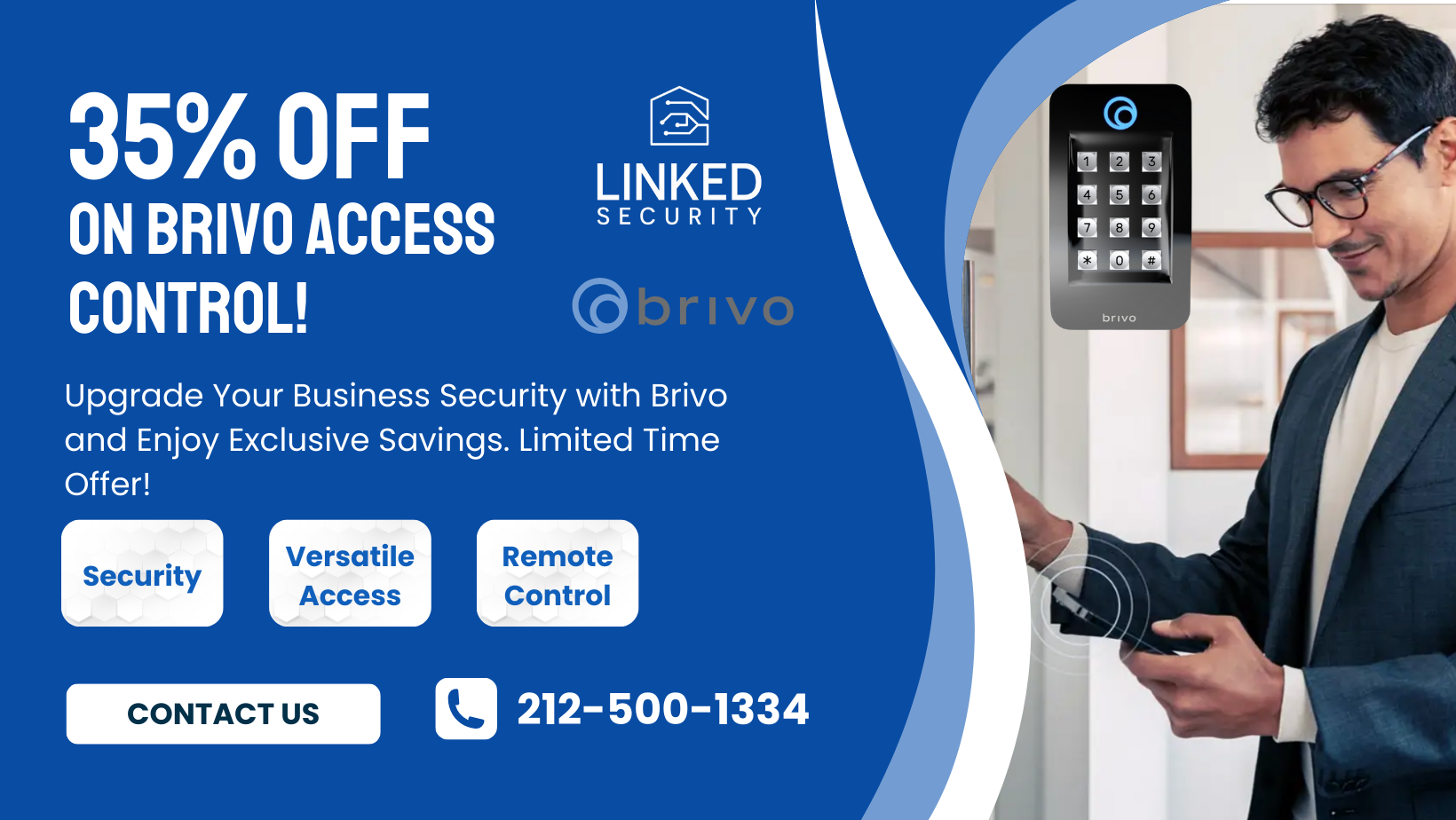What is a PTZ Camera? Control System, Key Features, and The Best Video Output

A PTZ camera is a robotic device with a built-in electromechanical drive that allows you to control the viewing direction of the lens remotely. It can be directed to specific objects and pointed manually using the remote control and hardware/software system operations.
How can video conferencing be comfortable enough for participants to perceive it as a live? The effect can be achieved if the camera captures both large areas and a specific speaker. Transitions between scenes should be smooth and quick not to distract attendees from discussing important topics. A PTZ camera is the best solution for such purposes and even more.
Where is a PTZ Camera Used?
A PTZ camera’s application is quite impressive, thanks to its swivel mechanisms, optical zoom, and wide viewing angle:
- Outdoor/indoor video surveillance systems and video analytics;
- Telecommunications, video production, TV and internet broadcasting;
- Video conferencing solutions and equipment systems for meeting rooms;
Traditional bulky cameras need a tripod and a human operator to record videos, taking up valuable space in the meeting room. Besides, classic systems are more pricey and difficult to operate and maintain. On the other hand, PTZ cameras make it possible to produce more streaming content at a lower cost and eliminate tripods and operators. The PTZ camera’s sibling is an ePTZ camera.
Key Features
- Matrix resolution;
- Matrix sensitivity and minimum illumination for correct operation;
- Dynamic range and backlight compensation;
- A signal-to-noise ratio of the generated video image;
- The presence or absence of optical and digital zoom;
- Camera angle;
- The presence of various modes of operation and image adjustment;
- Housing options;
- Inputs and outputs for connection;
- Output resolution, encoding, and transmission formats of video and audio streams.
- Supply voltage and power consumption;
- Power supply principle (external or internal AC/DC converters, PoE injectors, and switches)
The typical resolution for most modern cameras is 2 megapixels (Full HD). However, many more devices are on the market for highly specialized and industry applications.
The most popular resolutions:
- HD (720p) – 1280 × 720 (1 MP) – medium resolution, suitable for a general assessment of the area under monitoring.
- SXGA (960p) – 1280 × 960 (1.3 MP) – increased number of vertical pixels for a specific, elongated scene.
- Full HD (1080p) – 1920 × 1080 (2 MP) – resolution with the ability to identify a person, face recognition.
- Quad HD (1440p) – 2560×1440 (4MP) – Enhanced detail for medium bandwidth requirements.
- 5MP – 2560 × 1920 (5 MP) – high detail, clear picture.
- 4K UHD or Ultra HD (2160p) – 3840×2160 (8 MP) – excellent image quality, fine detail recognition, digital zoom, digital panning.
- 8K UHD (4320p) – 7680×4320 (33.2 MP) – input resolution of a number of modern ePTZ cameras. A resolution like this is used for digital zoom and panning, although the output is still the same 4K UHD.
Camera control and video streaming
A remote control can be performed in several modes:
- Manual control:
- Personal IR remote control or centralized PTZ control console;
- Thanks to the software installed on a smartphone or tablet;
- Automatic control:
- Switching pre-prepared presets when the camera is aimed at a certain area (both in manual and automatic modes);
- Through built-in or third-party algorithms for tracking and auto-targeting the camera.
The main functions can be controlled through the following standard interfaces:
- RS-232
- RS485
- RS422
- HDMI CEC
- USB
- And also via LAN over IP
At the moment, there are combined standards for transmitting video stream, power (Power over Ethernet – PoE), and control over an Ethernet cable:
- ONVIF
- HDBaseT
- NDI
- SDVoE
PTZ cameras, which control and transmit video streams in digital format over an Ethernet network, can also be called IP cameras.
How a PTZ Camera is Powered
In most cases, an indoor camera can be powered with a 220VAC/12VDC converter or a PoE injector.
Outdoor cameras have higher power requirements due to heating systems and similar options, and the supply voltage range is higher – 24VDC. They can also have a built-in power supply from 24VAC to 220VAC.
Video can also be transmitted via a separate cable:
- SDI
- HDMI
- USB
- DVI
Unlike USB 2.0, cameras equipped with USB 3.0 can transmit uncompressed video, bringing them closer to professional models.
SDI is the Best Video Output
When it comes to the most popular video output for PTZ cameras, SDI is a winner due to its ability to operate over long distances, including reliability and durability. Its locking connector securely connects cable to a camera and video switcher.
SDI’s copper cable uses standard BNC connectors on each end. It has a video and audio transmitting feature directly from cameras to devices. As a result, there’s no need for networking equipment.
Plug-and-play SDI technology has made this cable a top pick among customers. With the ability to send 3G (3 Gigabits of data), 6G, and even 12G, resolutions up to 4K are allowed with these cables.
PTZ Cameras for Video Conferencing
In a conference room, one PTZ camera can provide a panoramic and portrait view of conference participants without changing its location. If it is impossible to get all the necessary angles from one camera, then several more conference cameras are added together with a software or hardware camera control system.
PTZ cameras used in video conferencing are often referred to as conference cameras. They are equipped with high-quality optics and matrices for Full HD and Ultra HD image quality and a rich set of interfaces to support various control methods.
Bottom Line
PTZ cameras are amazing technological inventions, and they continue to evolve rapidly. 8K resolution is already commercially available. The next generation will be even more powerful.
Are you planning to use a PTZ camera in NYC? Want to know tips or tricks when buying and installing CCTV? Give us a call, and we’ll be happy to help you bring your ideas to life!





